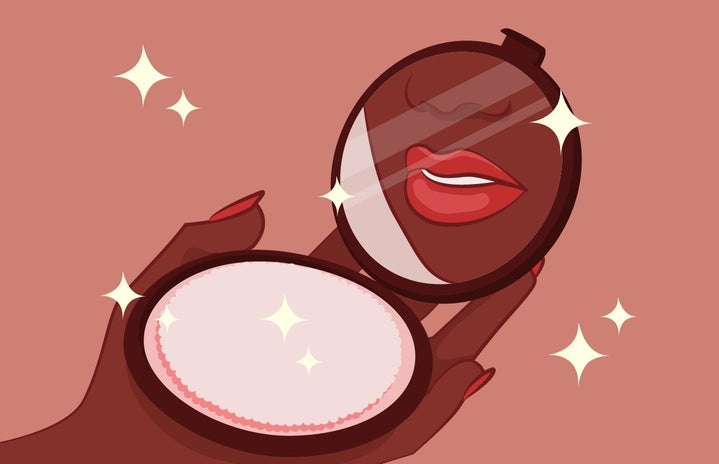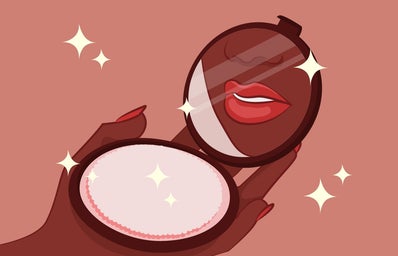Many people, including me, like to believe that they are unaffected by the ideas of beauty that are constantly portrayed in the media. The reality is, one way or another, we are all affected by it whether we realize it or not. Between the advertisements that we see on televisions or billboards, and the use of social media to advertise, we are unable to escape the ideas that we need to look a certain way, act a certain way, or like a certain thing.
In the 2015 documentary, The Illusionist, Elena Rossini discusses how beauty is portrayed in the media. While many people may only see media as the commercials we watch or the advertisements we see, they fail to understand that it’s more than that. It’s the music that we listen to that glorifies women with slim waists and thick thighs. It’s the shows that we watch that portray muscular men with chiseled features. There is a new idea of embracing oneself for who they are and companies have taken note of that and produced many diverse ads with “love yourself” campaigns. While this is great for viewers, many companies have clung to the idea that “insecurity sells” and are planting the standards of beauty into our minds.
These insecurities are different around the world and are reflected in the media worldwide. In the Middle East, companies are encouraging women to bleach their skin to become lighter, while tans and darker skin tones are encouraged in the US. In other countries, plastic surgeries have become so widespread that banks have started campaigns to offer loans to help finance them. Globally, women are changing their bodies to look unrealistic and unnatural. But who’s to blame? Many mass media companies have stated that they didn’t create the image of beauty and that they are only reflecting the wants and desires of society. But if that is true, then where do these ideas come from? Where did people get the idea that looking like a celebrity is a shortcut to being rich? Where did women get the idea that buying a certain product or looking a certain way will make them more attractive to men? Who created the narrative that lighter skin is more desirable in the Middle East and darker tones are more acceptable in America? While all of the blame can’t be put on advertisements, they have had a great impact on this idea.
This isn’t limited to just looks, the media has also shaped our behavior. Young girls are taught to be smart but not too smart, to be confident but not too confident, and that natural body features like stretch marks and dark marks are unacceptable. Boys are conditioned to believe that expressing emotions is only for girls and that they must be cool and unbothered at all times. Many mothers on TV show the perfect balance between work and homelife while the fathers portray the strong leader of the family with a successful career.
Whether we want to believe it or not, the media affects us all. We have finally come to a new era where diverse bodies are praised and celebrated. Big brands like Aerie and Fenty have started to use more diverse models on their advertisements and websites. Magazines covers are now graced by those who don’t necessarily fit the standards of beauty and their differences are embraced. While we haven’t completely erased the concrete standards of beauty that have been implanted into our minds, we have begun to accept each other for who we are.


